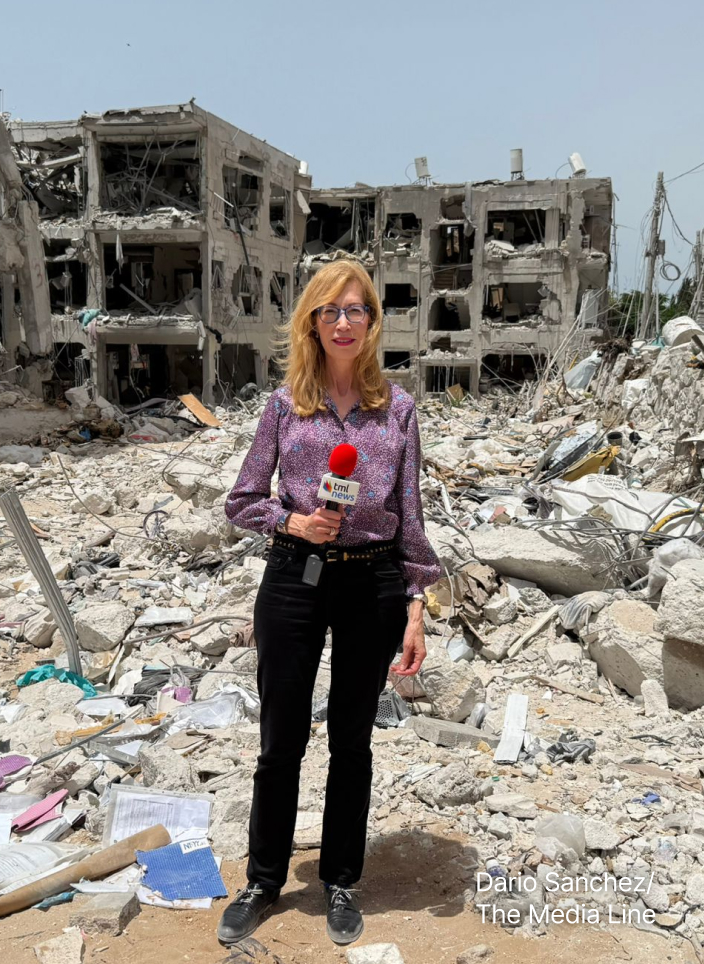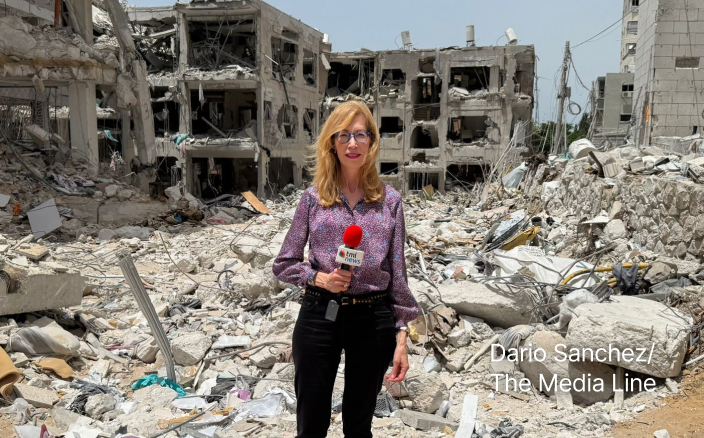A week after Israel’s final living captives stepped back across the border, hospitals are bracing for a marathon, not a sprint. In a ground-level look at medical wards and rehab units, reporter Maayan Hoffman walks readers through [1] what release really means: malnourished bodies, fragile sleep, and the long climb toward routine. Clinicians describe hostages who can walk but tire quickly, who react to ordinary food with pain, and who must relearn how to move, focus, and trust. As Dr. Michal Steinman, director of nursing at Rabin Medical Center, puts it, “There are for sure nutritional problems… They are not in good shape. They are weak.”
Treatment starts with basics—rehydration, physiotherapy, and careful refeeding—then widens to speech, occupational, and psychological care. One man underwent eye surgery for shrapnel lodged since 2023; others face hearing, skin, orthopedic, and neurological issues. The Rabin team built a dedicated Returning Hostages Unit for quiet reunions and structured therapy, with longer-term care shifting to a rehabilitation program.
Give the gift of hope
We practice what we preach:
accurate, fearless journalism. But we can't do it alone.
- On the ground in Gaza, Syria, Israel, Egypt, Pakistan, and more
- Our program trained more than 100 journalists
- Calling out fake news and reporting real facts
- On the ground in Gaza, Syria, Israel, Egypt, Pakistan, and more
- Our program trained more than 100 journalists
- Calling out fake news and reporting real facts
Join us.
Support The Media Line. Save democracy.


Mental health work will take years. Dr. Ben Amit, a senior psychiatrist and medical director of Stella Israel, explains the classic four-cluster profile of post-traumatic stress, from flashbacks to hypervigilance to worldview shifts. Some will need medication; others may try newer options now in trials, like psychedelic-assisted therapy or stellate ganglion blocks. Even then, recovery is uneven. “Never lose hope,” Amit says. “It takes years to heal from PTSD, but there is always hope.”
Families must also knit themselves back together after two years apart. Staff say experience from treating thousands of war victims may sharpen future care—while praying it won’t be needed again. For the full scope—the setbacks, the experimental treatments, the quiet wins—read Hoffman’s complete report [1].